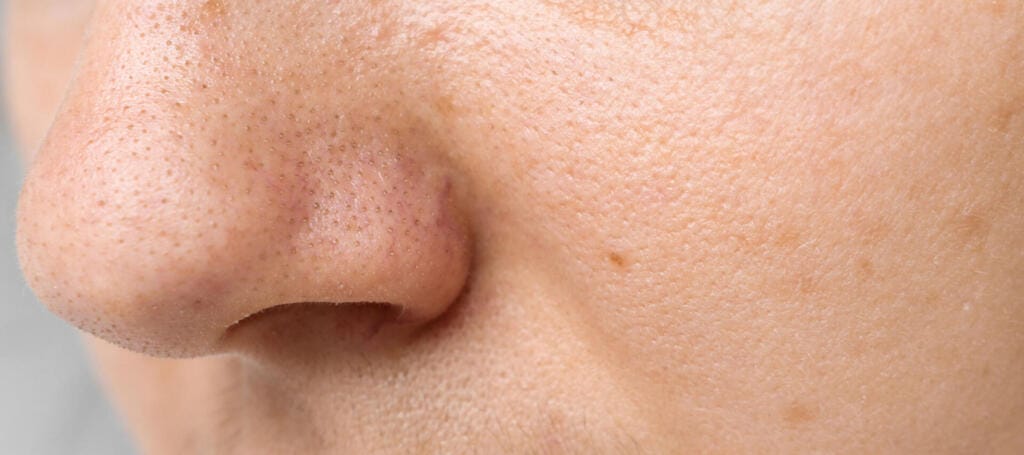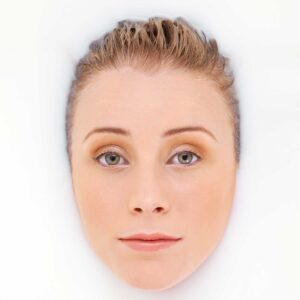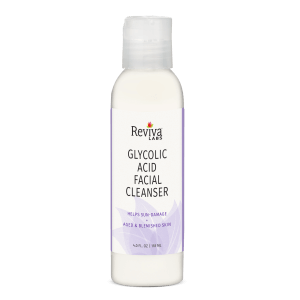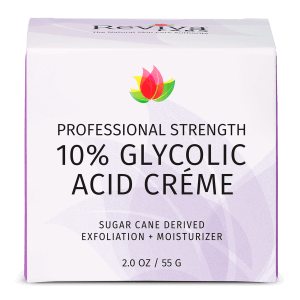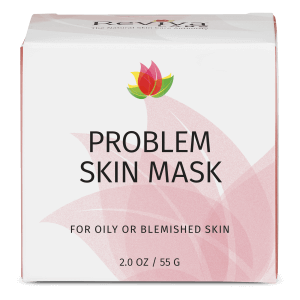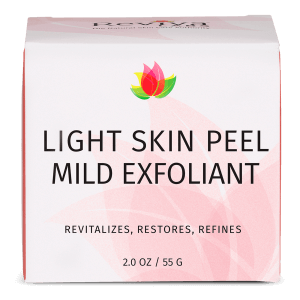Reviva Labs, Skin Care
How to Reduce Pores on Your Nose
Ever looked closely in the mirror and felt like the pores on your nose seem larger than you’d like? You’re not alone. While pores are essential to skin health, they’re often most visible on the nose, where excess oil production and clogging tend to occur. Studies show that visible pore size is a common skin concern, with one survey revealing that nearly 50% of people feel self-conscious about pore appearance. Let’s dive into the science of pores and explore what actually works to make them less noticeable.
Pores are an essential part of our skin, acting as small openings for hair follicles and allowing natural oils to reach the skin’s surface. They’re more visible on areas like the nose and forehead, which are home to higher concentrations of sebaceous glands. These glands produce sebum—your skin’s natural oil—which can accumulate, stretching pores and making them appear larger.
The idea of “shrinking” pores is a bit of a myth; you can’t physically reduce their size. However, there are highly effective methods to minimize their appearance, control oil, and keep them looking clear and refined. Here’s everything you need to know to reduce those pesky nose pores and achieve smoother-looking skin.
Clean Skin: The Foundation of Refined Pores
One of the most straightforward and effective ways to reduce the appearance of pores is by keeping them clean. Daily cleansing removes excess oil, dirt, and impurities, which can clog pores and make them look more pronounced. When cleansing, focus on using gentle, non-comedogenic products to avoid irritating the skin. Opt for a gel or foam-based cleanser, especially if you have oily skin, as these formulations help remove excess oil without stripping your skin’s natural moisture barrier.
Using lukewarm water rather than hot water is also essential. Hot water can strip your skin of moisture, prompting sebaceous glands to produce even more oil. Instead, wash with lukewarm water, then rinse with a quick splash of cool water to close the pores slightly and prevent dirt from reentering.
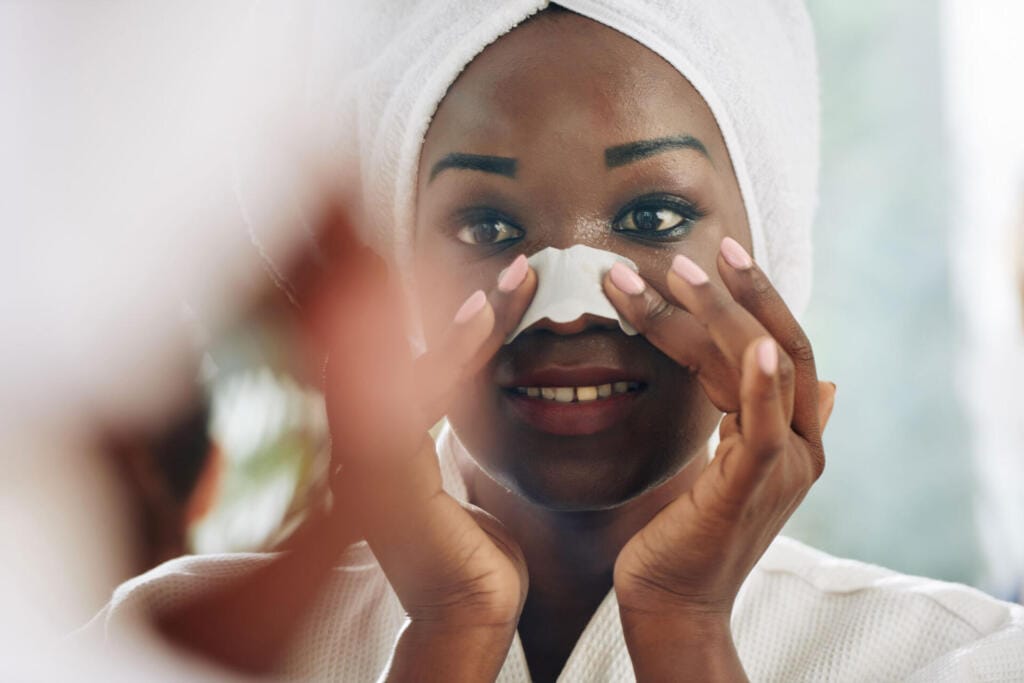
Exfoliation: A Powerful Ally Against Pore Congestion
Exfoliation plays a key role in pore refinement by removing dead skin cells that may otherwise clog your pores. You might wonder how often you should exfoliate, as over-exfoliation can damage the skin barrier and worsen oil production. For most people, two to three times a week is ideal. Regular exfoliation will help keep the skin’s surface smooth and free from debris that can settle into pores and enlarge them.
When it comes to exfoliating products, choose between chemical exfoliants like salicylic acid or glycolic acid, which dissolve dead skin cells and clean out pores. Salicylic acid, in particular, is oil-soluble, meaning it can penetrate into pores, clearing out excess oil and debris. Glycolic acid, on the other hand, removes dead cells on the surface layer, giving your skin a smooth finish and minimizing the appearance of pores.
Retinoids: The Gold Standard for Refining Skin Texture
Retinoids, derivatives of vitamin A, are celebrated in the skincare world for their anti-aging properties, but they’re equally beneficial for pore refinement. Retinoids work by accelerating cell turnover, encouraging newer, fresher skin to replace older, pore-clogged layers. Over time, regular use of retinoids can lead to smoother skin and tighter-looking pores.
Retinoids can be a bit harsh for some, especially when starting. If you’re new to them, begin with a lower concentration, perhaps a 0.25% retinol, applying it only a few nights per week. Gradually increase the frequency as your skin builds tolerance. For those with sensitive skin, alternative ingredients like bakuchiol can offer similar benefits without irritation.
Sun Protection: A Key to Lasting Results
Sun exposure is a sneaky culprit in making pores appear larger. UV rays break down collagen and elastin, two structural proteins that keep skin firm and resilient. When these proteins degrade, pores lose their supportive framework and start to sag or enlarge. Protecting your skin from the sun is critical, not only for minimizing pores but for overall skin health.
Apply a broad-spectrum SPF 30 or higher every morning, regardless of the weather or season. Sunscreen protects your skin from harmful UV rays, preserving its elasticity and firmness over time. Choose an oil-free sunscreen to avoid adding excess shine to the T-zone and nose area, where pores are more prominent.
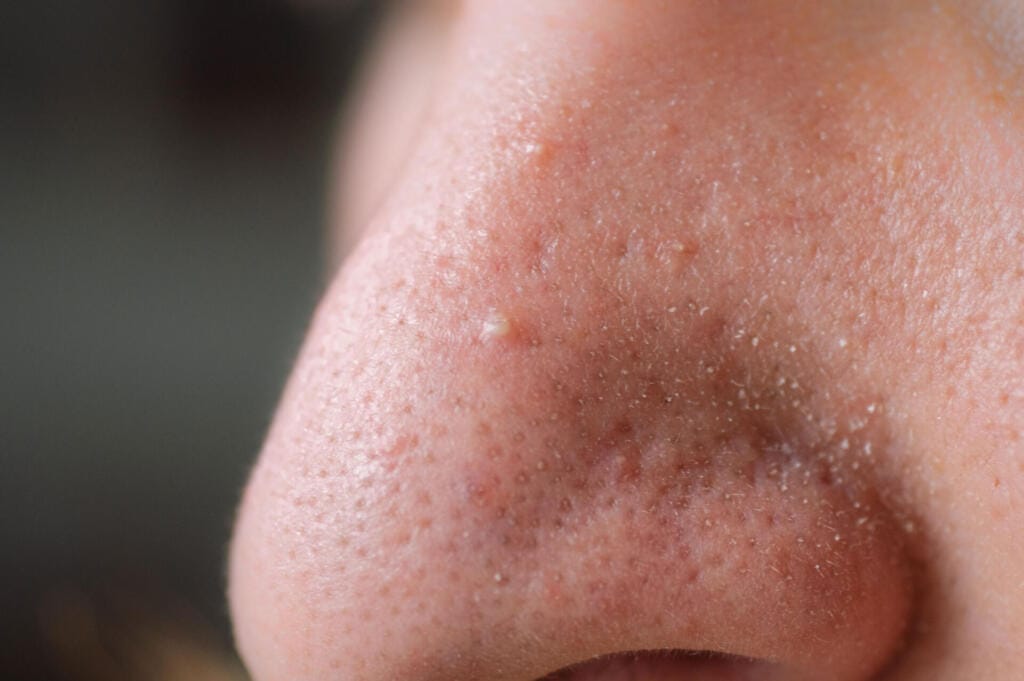
Hydration: Balancing Oil Production
A common misconception is that oily skin doesn’t need moisture. In reality, dehydrated skin can trigger the sebaceous glands to produce more oil in an attempt to compensate, which can make pores look larger. Hydration is crucial for all skin types, especially for those prone to enlarged pores.
Look for water-based or gel moisturizers, which provide essential hydration without a heavy, greasy feel. Ingredients like hyaluronic acid are excellent because they attract moisture to the skin without clogging pores or increasing oiliness.
Targeted Treatments for Stubborn Pores
If your pores are particularly resistant to at-home methods, you might consider targeted treatments that can offer longer-lasting results. Here are some of the most effective options:
- Chemical Peels: Available in various strengths, chemical peels use acids to exfoliate the skin and remove dead cells. Peels with salicylic acid or glycolic acid can be particularly effective for minimizing pores on the nose. Professional peels offer deeper penetration and may deliver more noticeable results than at-home treatments.
- Microdermabrasion: This treatment involves using fine crystals or a diamond-tipped wand to exfoliate the outer layer of skin. Microdermabrasion smooths the skin and can help reduce the appearance of pores by removing surface layers that trap dirt and oil. It’s less intense than a chemical peel, making it a good option for those with sensitive skin.
- Laser Resurfacing: Lasers, like fractional laser treatments, are designed to target deeper layers of the skin, promoting collagen production and improving skin texture. Laser treatments are more invasive but can provide lasting improvements in pore appearance and overall skin tone.
Maintaining Results: The Art of Consistency
Achieving and maintaining smaller-looking pores requires consistency. Just as you wouldn’t expect to build muscle after a single gym session, skincare is an ongoing process. Develop a routine that includes regular cleansing, exfoliation, and the use of high-quality products tailored to your skin type. Don’t skip your sunscreen, as UV protection is crucial for lasting results. Regularly check in with your skin to make sure your routine is balanced and adjust as needed based on any changes.
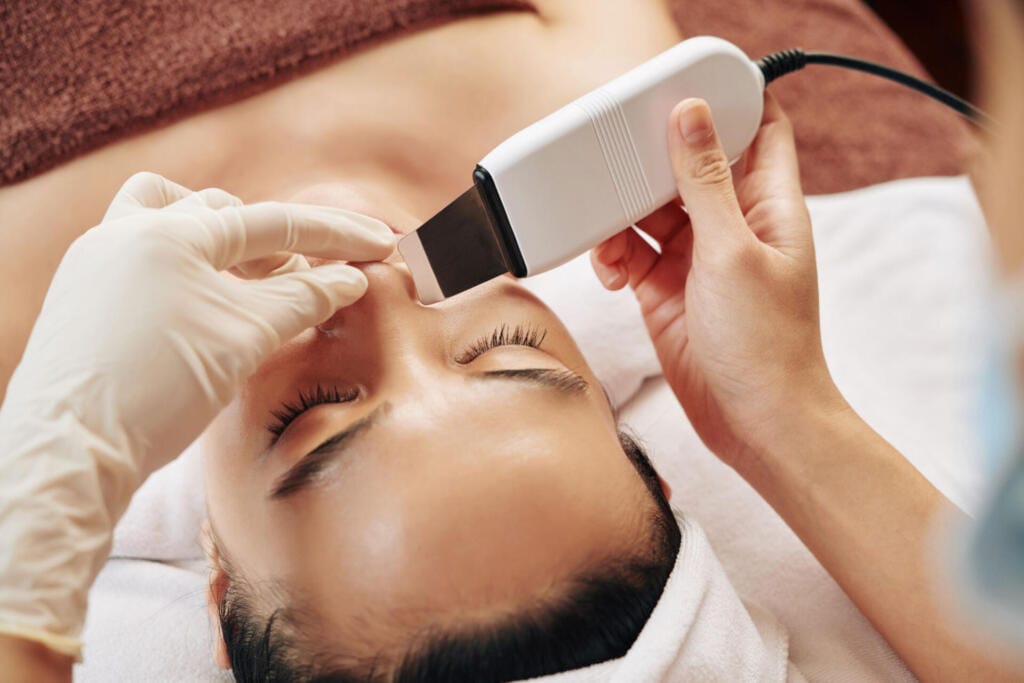
Understanding When to Seek Professional Advice
Sometimes, no matter how diligently you follow a skincare routine, pores on the nose may remain a challenge. In these cases, it’s worth consulting a dermatologist. A professional can provide personalized recommendations, prescribe stronger retinoids, or suggest advanced treatments like microneedling, which can be a game-changer for stubborn pores.
Pore visibility isn’t something we can entirely erase, but with the right combination of daily habits, targeted treatments, and patience, you can absolutely make them less of a concern. If you commit to a regular skincare routine, prioritize sun protection, and seek professional guidance, when necessary, those nose pores can become a far smaller part of the picture, leaving you with smoother, more refined skin and boosted confidence in your complexion.



